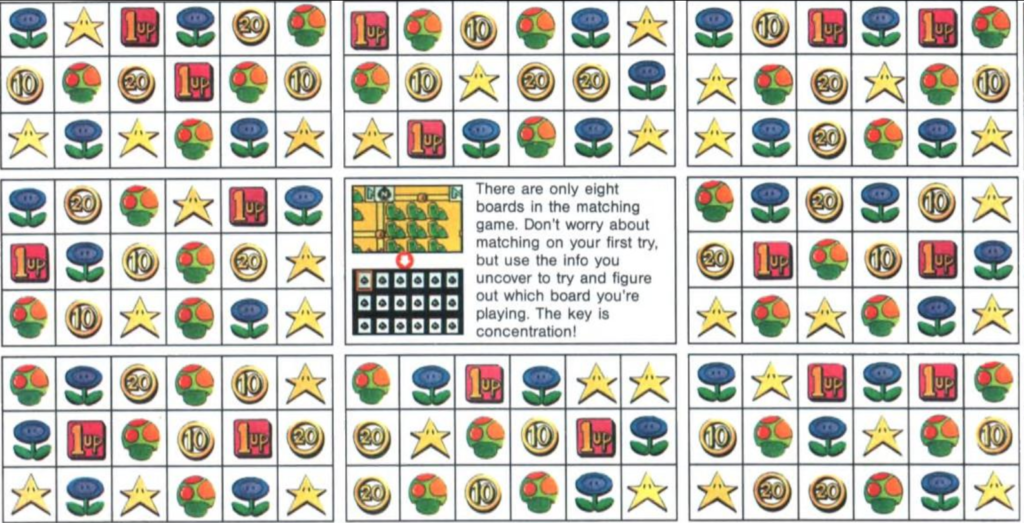We already linked to what turns out to be Part 1, back on Monday. This is Looygi Bros’ part two, nine minutes long:
Here’s our post on Part 1, and here’s a link to its video.
Looygi Bros. tends to make a series of videos on topics, so there will probably be a Part 3, and more. Instead of linking them all individually, I may wait for a bit and collect them all into one post, or maybe even add them to this post retroactively.
Here are the glitches in Part 2 listed out and explicated:
- Super Mario Bros, jump over the flagpole in World 1-1: Requires time-consuming setup, and useless for saving time, as the result is Mario can’t finish the level, but it does work.
- More invisible ladders in Donkey Kong’s Ramps level: There are more invisible ladders than the one demonstrated in Part 1, and these aren’t caught by traps! The current World Record recorded by the servers uses it, in fact, making it an essential strategy for anyone trying to beat it.
- Kirby Credits Warp: One of the levels in the game has a massive trick, where Kirby can get inside a wall, and if they have the Stone ability (possible to get with Mix), can crash the game, and if the Start button is pressed on the same frame as Stone activating, the NES cart jumps straight to the credits! The crash however takes the NWC software back to the selection menu, and the Start button is disabled, so this one’s impossible to do.
- Legend of Zelda moving through blocks: A frequently-used trick in speedruns, it’s not caught by the NWC software but there’s no place where it’s useful for saving time.
- Super Mario Bros. 4-2 Wrong Warp: This is an alternate way to get to the 8-7-6 Warp Zone without having to reveal the hidden blocks, then hit and climb the vine, by going down the coin pipe shortly after without scrolling the screen far enough to change the secret area destination. Seems to be impossible to make work in NWC, as the game rewinds when the vine block is scrolled off-screen.
- Super Mario Bros. 8-4 Wrong Warp: Done under similar conditions to the 4-2 wrong warp, this one is caught by the emulator and rewinds the trial.
- Surviving Timeout in Metroid’s Escape Sequence: If Samus uses the final elevator with the right timing at the end of the escape, the explosion happens, but she survives to complete her mission anyway. It’s possible in NWC, but results in the longest-possible time to complete the trial, so it’s only useful to show off.
- Super Mario Bros. 8-2 Bullet Bill Flagpole Animation Skip: If Mario bounces off of a low-flying Bullet Bill right at the end of 8-2, it’s possible to trigger the flagpole, but leave Mario before the block on which the pole rests. This results in him walking into it endlessly, but it triggers the level completion sequence, and means he doesn’t have to raise the flag or walk to the castle. It’s really only a slight time save, but it does work in the NWC version of the game.

